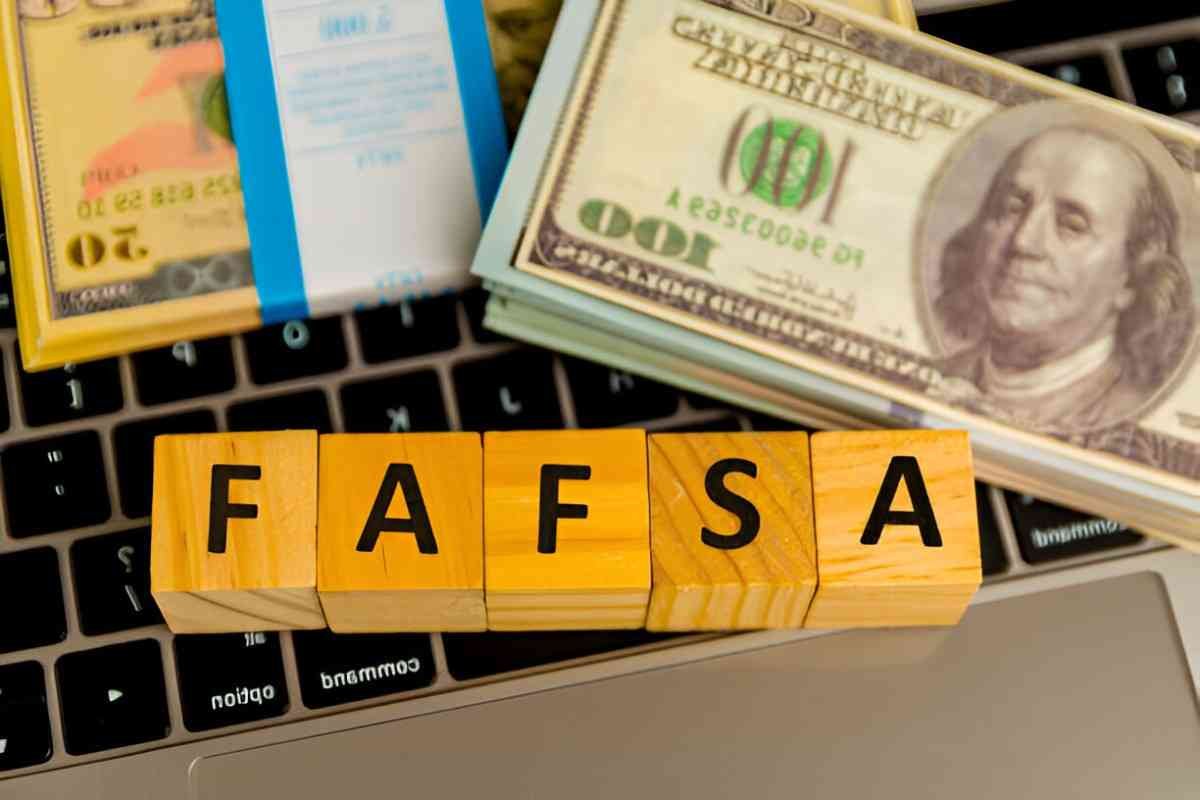Introduction
When filling out the Free Application for Federal Student Aid (FAFSA), I know how crucial it is to report assets accurately. A common question I encounter is whether Mainstay Mutual Funds count as reportable assets. The answer isn’t straightforward—it depends on the type of account holding the mutual funds and the FAFSA’s asset assessment rules.
Table of Contents
How FAFSA Defines Assets
The FAFSA categorizes assets into two types:
- Reportable Assets – These include cash, savings, investments, and real estate (other than the family home).
- Non-Reportable Assets – Retirement accounts (401(k), IRA), personal possessions, and the primary residence are excluded.
Are Mutual Funds Considered Assets?
Yes, mutual funds are reportable investments unless held in a retirement account. This includes Mainstay Mutual Funds, which are managed by New York Life Investment Management.
The FAFSA formula calculates the Expected Family Contribution (EFC), now called the Student Aid Index (SAI), as:
SAI = (Parent\ Income + Student\ Income) + (Parent\ Assets \times 0.12) + (Student\ Assets \times 0.20)This means:
- Parent-owned assets are assessed at a maximum of 12%.
- Student-owned assets are assessed at 20%, reducing aid eligibility more severely.
Example Calculation
Suppose a family has:
- $50,000 in a Mainstay Mutual Fund (parent-owned)
- $10,000 in a student’s brokerage account
The SAI impact would be:
($50,000 * 0.12) + ($10,000 * 0.20) = $6,000 + $2,000 = $8,000This $8,000 increase in SAI could significantly reduce Pell Grant or subsidized loan eligibility.
Where Mainstay Mutual Funds Fit In
1. Taxable Brokerage Accounts
- Reportable if held in a parent’s or student’s name.
- Counts toward the FAFSA asset assessment.
2. Retirement Accounts (IRA, 401(k))
- Not reportable on FAFSA.
- If a Mainstay Mutual Fund is inside an IRA, it’s excluded.
3. 529 Plans & UGMA/UTMA Accounts
- Parent-owned 529 plans: Reported as a parent asset (max 5.64% assessment in some cases).
- Student-owned UGMA/UTMA: Treated as a student asset (20% assessment).
Comparison Table: How Different Accounts Affect FAFSA
| Account Type | Reportable? | Assessment Rate |
|---|---|---|
| Parent’s Taxable Brokerage (Mainstay Mutual Fund) | Yes | Up to 12% |
| Student’s Taxable Brokerage | Yes | 20% |
| Parent’s IRA/401(k) (Holding Mainstay Funds) | No | 0% |
| 529 Plan (Parent-Owned) | Yes | Up to 5.64% |
| UGMA/UTMA (Student-Owned) | Yes | 20% |
Strategies to Minimize FAFSA Impact
1. Shift Assets to Parent-Owned Accounts
Since parent assets are assessed at a lower rate, moving investments from a student’s name to a parent’s can help.
2. Use Retirement Accounts
Contributing to a 401(k) or IRA reduces reportable income and shields investments from FAFSA.
3. Pay Down Debt Before Filing FAFSA
If you sell mutual funds to pay off a mortgage or credit card debt, it reduces reportable assets.
4. Spend Assets on Exempt Items
Purchasing a primary home or paying for qualified educational expenses before filing FAFSA can lower countable assets.
Common Misconceptions
“All Investments Are Treated the Same”
- Wrong. Retirement accounts are excluded, while taxable accounts are assessed.
“FAFSA Looks at Net Worth”
- No. It only assesses liquid assets, not total net worth.
“Small Balances Don’t Matter”
- They do. Even $5,000 in a student’s name can reduce aid by $1,000.
Final Thoughts
Mainstay Mutual Funds are considered assets on FAFSA if held in taxable accounts. The key is structuring investments to minimize their impact on financial aid. By understanding FAFSA’s asset rules, I can make informed decisions that maximize aid eligibility while still growing wealth.





